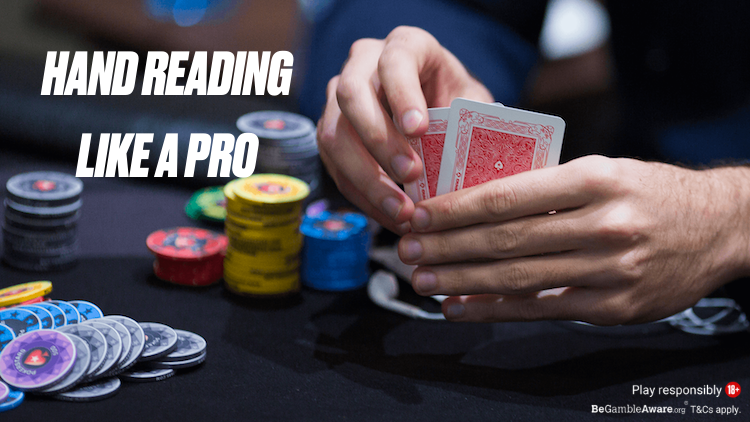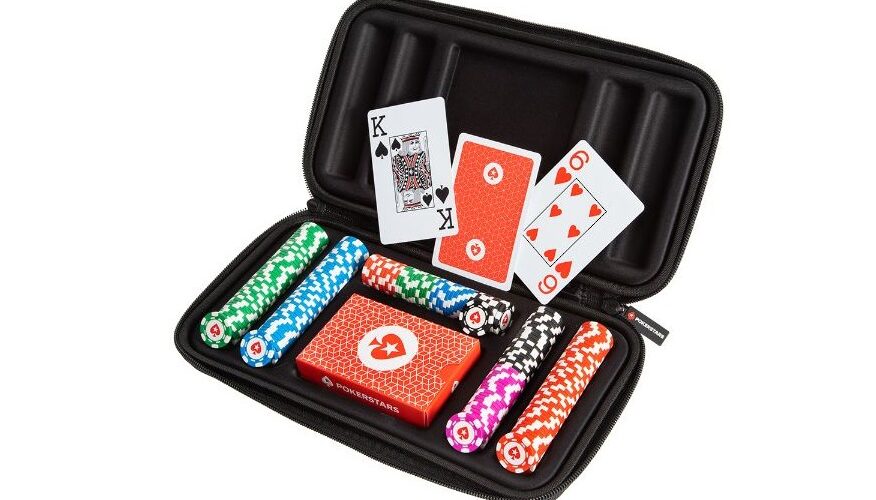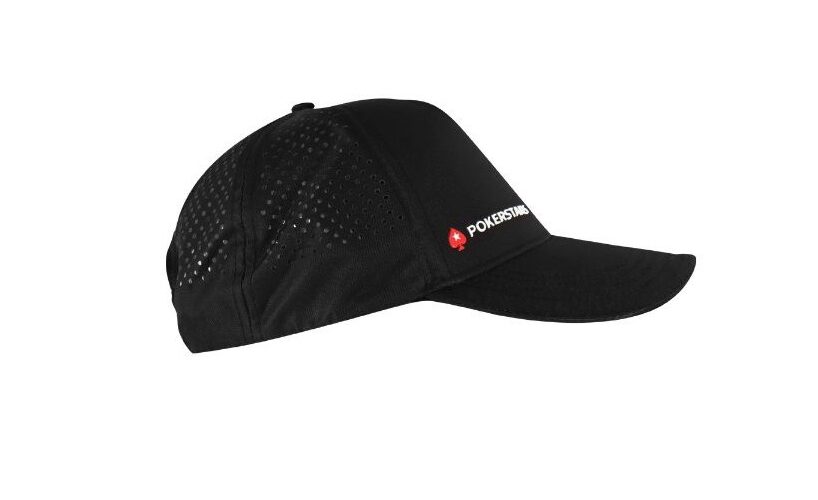Your opponent makes a bet. You look down at your cards. You’re out of position holding middle pair, and suddenly you realize you don’t have a clue where you’re at. So you call. Next you’re faced with a river bet, and this time it’s going to cost a chunk of your stack. A game changing decision, no less…
Without hand reading you’re lost in the dark. You can only guess as to whether you have the better hand, and can only speculate as to what betting line you should take to earn the most chips.
Hand reading is the logical process of deducing what hands other players are likely to be holding. It’s arguably the most essential skill in poker.
What is hand reading?
If you watch the action at the tables carefully, then you’ll start to think about the possible cards that other players could have. As the hand progresses, you can eliminate possibilities that don’t fit with the action.
Using as much information as you have available – from bet sizes to player tendencies – you continue to narrow down the range so you’re left with fewer and fewer likely combinations.
The idea of reading poker hands down to the exact two cards is a little arcane. Even the top pros can’t know this with total accuracy. So poker hand reading is about narrowing other player’s cards down to possible combinations, known as hand ranges.
By putting other players on a range of cards, you can make more informed and potentially profitable decisions.
The hand reading process begins
There are 1,326 pre-flop combinations of cards that a player can be dealt. Before any action is taken, a player could realistically have any one of these combinations. In other words, they could be holding any two cards (100% of their range).
Assuming players are not calling or raising with every single hand, any action they take pre-flop will narrow down their range.

You can never know the exact hand for sure, but you can narrow down the range
For example, a typical pre-flop button raising range is 40%. From under-the-gun, players typically raise only around 9% of hands. Tight players may only 3-bet with premium hands, around 10%.
Ranges are not static. They should be adjusted according to the information you have, including individual player tendencies (more on this later).
Pre-flop, a player’s range can typically be narrowed down from 100% to perhaps 10-20% or less.
Narrowing down hand ranges post-flop
With the range already narrowed, next comes the flop. As the betting continues, your aim is to take hands out of player’s ranges that don’t seem to match the action.
Let’s run with an example. A tight aggressive opponent raises pre-flop from the cut-off. You approximate their range to be around 26%, which gives combos of 22-AA, A8o+,A2s+, JTo+, J8s+. The flop comes AK8. You check and they bet.
You expect this particular player to bet top pair often, some paired Kings, a set of eights, and some flush draw combos. They may also bluff some hands that have completely whiffed the flop.
As the hand progresses, you’ll gain more information based on betting patterns and bet sizes. By the river it’s usually possible to have eliminated most hands to leave just a few possible combinations.
How to read poker hands like a pro
Hand reading is not about making assumptions. The more you can refine the process, the more informed your decisions will become. Top pros use as many poker tips and as much information as possible to put opponents on a hand range.
Factors to consider include:
Position – What position is a player raising from? Players tend to play tighter in early positions and loosen up towards the button. Post-flop, players who have position will typically try to control the action.
Stack sizes – What are the stack sizes of each player? An aggressive big stack typically raises more often than a player who’s stack doesn’t allow them to easily raise.
Bet sizing – Can bet sizing tell you anything about the other player’s cards? Do they bet big to protect vulnerable pairs, for example, or bet small when they’re unsure? Does the bet sizing give you good odds to play against their range?
Betting patterns – What is the action in the hand telling you? Why did a player check and not bet? Why did they call and not raise? What hands are they likely to bet with?
Tournament structures – Is the tournament close to the bubble? Are there pay jumps to consider, and if so how will this affect hand ranges? Could short stacks be waiting to move up the ladder?
Previous action – If you’ve been at the table a while, is it generally tight or loose? How have the last few orbits played out and now might this affect current gameplay? Has anyone just lost or won a big hand? Anyone on tilt?

These players are known for their loose-aggressive (LAG) styles
Player tendencies – Have you built up notes or stats on players at the table that could give clues as to their hand ranges? Are they tight or loose? How do they play post flop? The more information you have about individual players, the more accurately you can define their ranges.
Player tendencies are particular important. You’re not up against robots. You’re up against humans who have their own strengths, flaws, emotions, and playing styles. Observing and taking notes will allow you to become more familiar with player tendencies and adjust hand ranges accordingly.
Learn more about poker hand reading
To learn more about poker hand reading, check out this excellent series of articles from the experts over at PokerStars Schools:
Hand reading for beginners: Understanding combos
Hand reading for beginners: Capped vs Uncapped ranges
Hand reading for beginners: Polarized vs Merged ranges
Hand reading for beginners: Is my hand a bluff catcher?
Hand reading for beginners: When to fold a bluff catcher
These articles on poker hand reading and related topics will also help:
Four hand reading mistakes to avoid
Re-evaluating your post-flop hand strength
How to take notes effectively
No trending posts available from any site.












